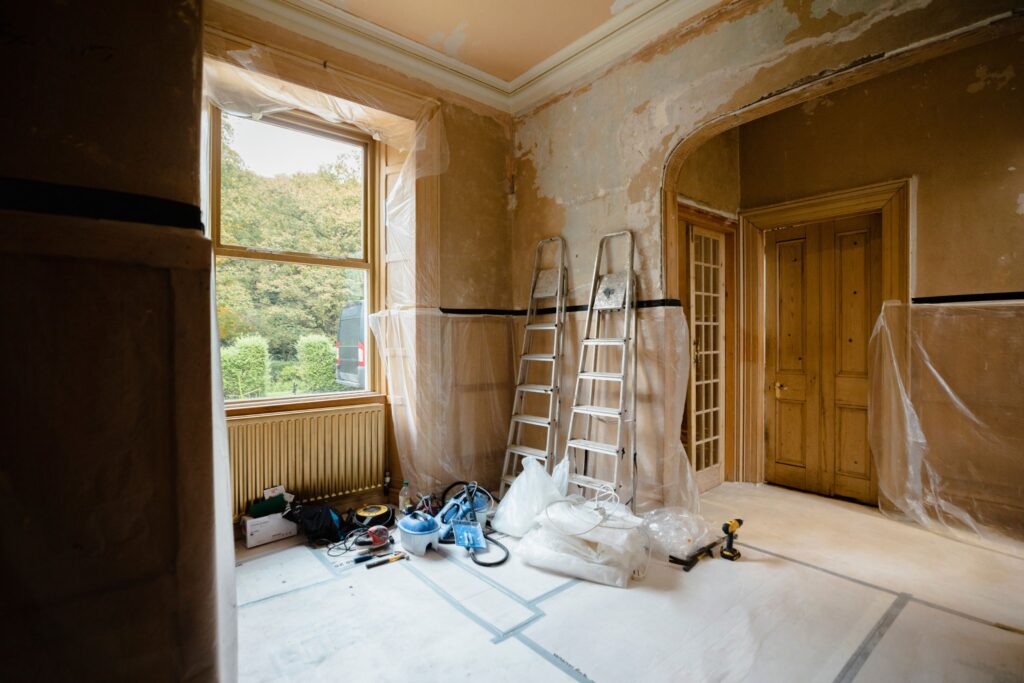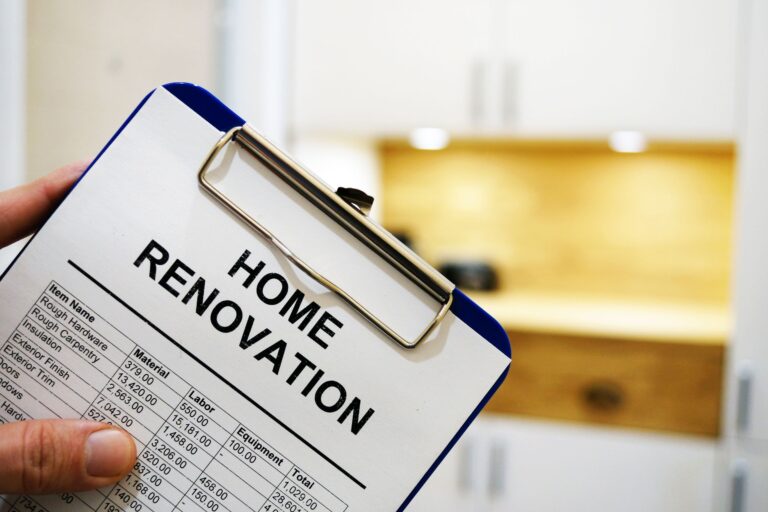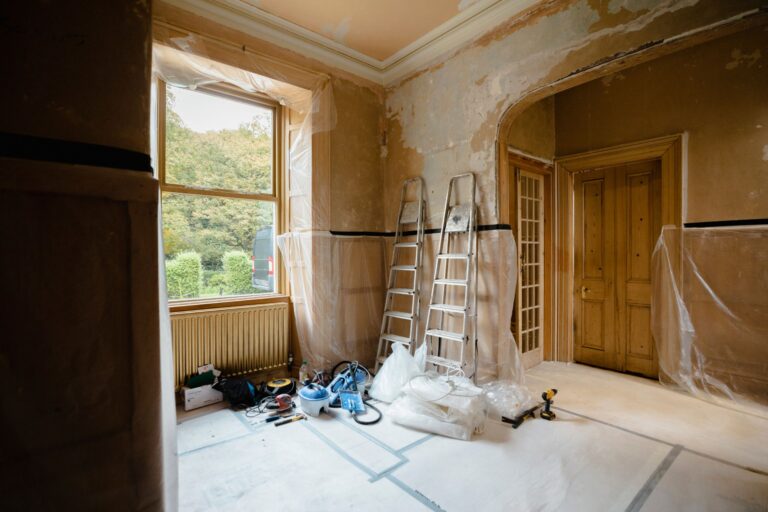
Older homes have a very compelling quality—the creaky flooring, elaborate moldings, solid wood doors, and worn brick that whispers tales from another time. But with their beauty comes sometimes oddities and difficulties. Renovating a historic house is not like beginning fresh with contemporary building. It’s a careful mix between respecting the elements that define these homes and modernizing for the way of life of today. And if done deliberately, it may produce a place that seems both ageless and active.
Restoring a heritage house does not mean discounting its essence. It involves giving its current character fresh vitality. Too many renovations destroy the fundamental elements that define a unique ancient house. You need a plan that combines strategic modernism with careful restoration. Every decision counts from maintaining plaster walls to modernizing antiquated systems behind historic woodwork. This article is your compass—guiding you through how to remodel with respect, creativity, and lasting value.
Where the Past Meets the Present: Understanding What to Preserve
Before any renovation begins, there’s a moment where you stand inside an older home and ask, “What should stay—and what has to change?” That question is the heartbeat of every character-preserving remodel. The trick is knowing the difference between historic features worth saving and aging elements that hold your home back.
Original crown molding, clawfoot tubs, exposed beams, and hand-crafted stair railings often carry more value—both aesthetic and financial—than homeowners realize. These aren’t flaws. They’re selling points. But features like knob-and-tube wiring, single-pane windows, or crumbling plaster need to be addressed with modern solutions. It’s about blending old with new in a way that feels seamless.
Working with restoration-minded professionals or consulting your local historical society can help determine which architectural details are significant and which can be modernized without regret. By protecting the bones of your home while updating its core systems, you can honor its history without living in the past.
Modern Comforts Behind Classic Walls: Updating Infrastructure the Right Way
One of the biggest challenges in renovating an older home is what you don’t see—what’s hiding behind the walls, under the floors, or above the ceilings. Electrical systems may be outdated. Plumbing could be corroded. Insulation might be nonexistent. These aren’t just technical problems—they affect your
daily comfort, energy bills, and long-term safety.
The goal isn’t to turn your 1930s colonial into a modern cube. It’s to make sure your character-filled property functions like a modern home without losing its essence. This entails carefully rewiring, selecting period-appropriate fixtures with energy-efficient technologies, and insulating without upsetting architectural elements. Under original hardwood, Radiant floor heating? One could say that is feasible. Hidden in attic crawlspace zoned HVAC? also realistic.
Your house stays visually loyal to its roots yet runs like a 21st-century space when these improvements are performed with sensitivity and delicacy. Though the process may be more difficult than a new build, the outcome is considerably more significant—a house that feels both anchored and rejuvenated.
Matching Materials and Style Without Losing Authenticity
Selecting the correct materials for a remodeling of a heritage house presents a practical as well as artistic problem. Not usually can you discover trim that matches the 100-year-old baseboards in your living room walking into a big-box store? That does not mean, however, you have to give up anything. One of the most fulfilling aspects of a character-sensitive remodeling is selecting items that either replicate or complement the look of your house.
Reclaimed wood, antique fixtures, vintage tiles, and salvaged architectural pieces can all add texture and integrity to your project. Modern reproductions can also be incredibly convincing when paired with the original bones of the house. The key is consistency. Mixing ultra-modern design with classic bones creates visual conflict. Instead, aim for harmony by selecting finishes that respect the era while offering today’s durability.
Your remodel doesn’t need to be a historical reenactment. But it should feel like a respectful continuation of the home’s story. When your finishes, textures, and hardware echo the house’s original voice, the entire space feels thoughtfully unified.
The Emotional Value of Preserving What Matters
Beyond aesthetics and structure, there’s an emotional layer to remodeling old homes that new builds rarely capture. These spaces carry memories—not just yours, but those of generations who came before. When you choose to preserve a window arch, restore a creaky floor, or keep a fireplace intact, you’re not just saving materials. You’re holding onto identity.
Many homeowners feel a connection to the spirit of their house—the way it creaks in the wind, the way the light hits at certain hours, the sound of footsteps on old wood. These are not defects. They are the fabric of the place. And honoring them during renovation isn’t just smart—it’s personal. It shows reverence for the life that already existed within those walls.
In a world full of quick flips and sterile remodels, choosing to preserve an old home’s charm is a radical act of care. It turns a house into a legacy—and that’s something money alone can’t buy.

Conclusion: When You Renovate with Heart, the Home Remembers
Renovating an old home is about more than repairs or upgrades. It’s about listening to what the house is already trying to tell you and responding with care. The process takes more patience, more planning, and often more creativity—but the rewards are deep and lasting. A well-executed heritage home renovation doesn’t just blend the past with the present. It strengthens the soul of the house while preparing it for the future. You get to live in history—with comfort. And when your renovation respects the character of the space, the home doesn’t feel like it was altered. It feels like it finally woke up. At Traiteur Reception Maeva, we believe that restoring old homes is a gift—to you, your neighborhood, and everyone who walks through your doors.




